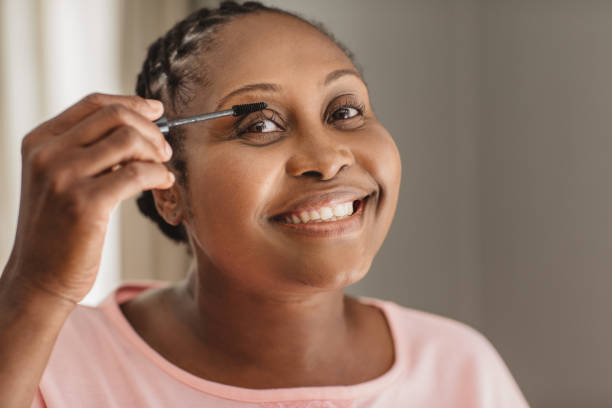
Hair loss is frequent during chemotherapy and may affect your scalp, body, and facial hair. Losing hair may be unpleasant, but knowing what to anticipate can help you feel more prepared.
Losing your eyelashes or eyebrows due to chemotherapy treatment may be shocking and unpleasant.
Hair loss is a typical adverse effect of several forms of chemotherapy. Though you may identify the loss with a bald head, the fact is you have hair all over your body, and any of it might fall out owing to the therapy.
Fortunately, if hair loss from chemotherapy affects your eyebrows or eyelashes, there are some things you may take to reduce the loss. It will also likely grow back following treatment.
How Many People Lose Their Eyebrows Or Eyelashes Due To Chemo?
The truth of chemotherapy is that it causes hair loss to some degree in most patients. Some studies claim incidence rates as high as 99.9 percent.
You may lose part of your eyebrows, giving them a thinning look, or you may lose both brows completely.
Losing body hair may be unpleasant, particularly if you didn’t expect it to happen.
How Long After Chemotherapy Do Eyebrows Or Lashes Fall Out?
If you lose your eyebrows or eyelashes, you’ll usually notice hair loss within two to three weeks after commencing therapy. Your eyebrows may seem thin, or they may fall out entirely.
Most individuals notice their scalp hair starting to go out initially. Other places, such as the eyebrows or lashes, then follow this.
Why Does Chemotherapy Cause Hair Loss?
You may be unable to avoid hair loss, including eyebrows or eyelashes, during chemotherapy. Chemotherapy medications target fast-developing cells to restrict the proliferation of malignant cells. The drugs might cause damage to hair follicles, which leads to hair loss.
However, everyone’s body is different, and your body may react differently to chemotherapy than others.
Also, not all chemotherapy medicines induce hair loss as a side effect. You may wish to question a doctor about your








